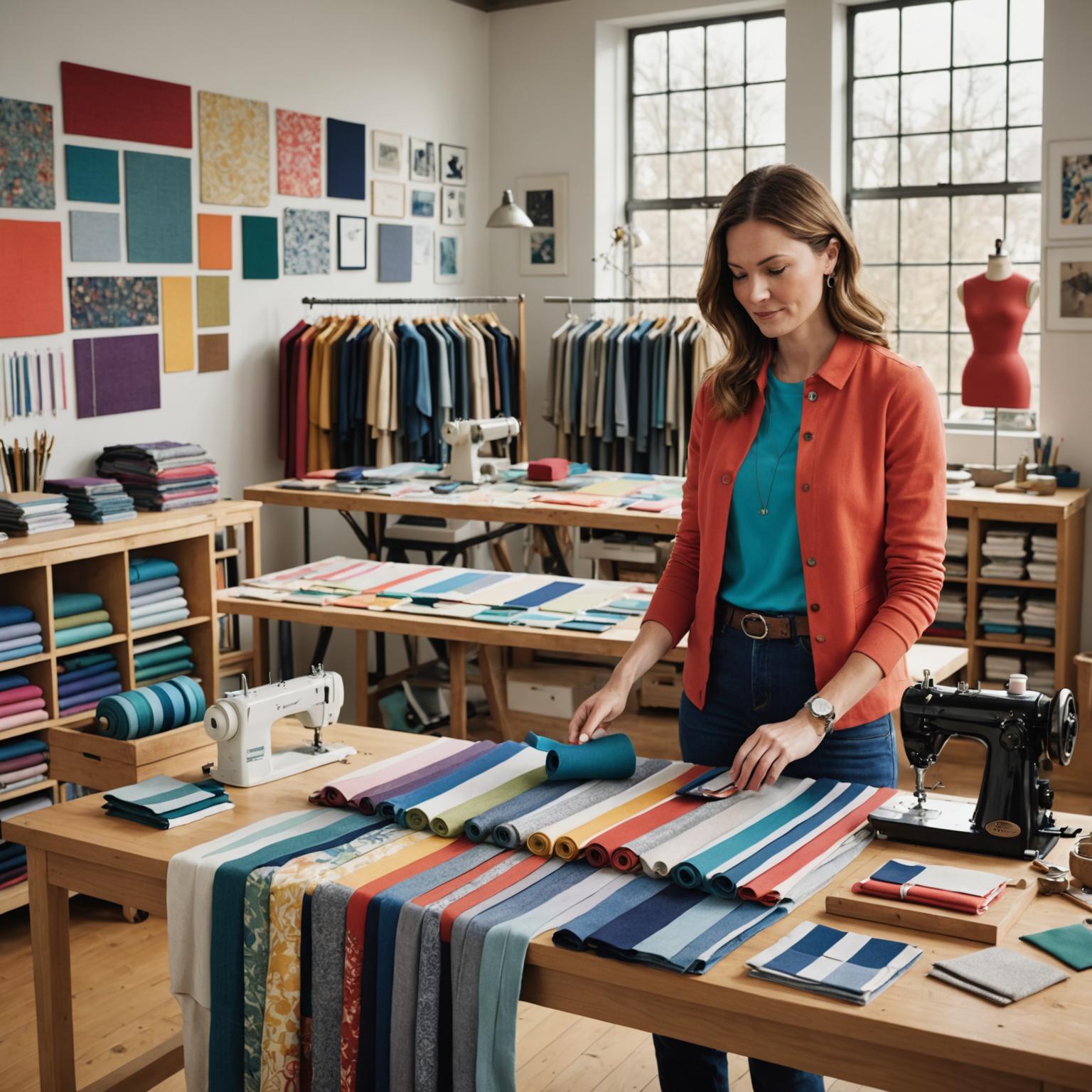Understanding Melange Fabric: A Study in Contrast and Harmony
In the diverse world of textiles, melange fabric stands out for its distinctive visual texture and sophisticated appeal. Unlike fabrics dyed a single, uniform color, melange achieves its characteristic look through the blending of different fibers, often of varying colors or shades, before the yarn is spun. This process results in a fabric with a subtle, mottled appearance, offering a depth and richness that solid colors often lack. The allure of melange has made it a staple in fashion and textile design, appreciated for both its aesthetic qualities and its versatility.
Melange vs. Solid Color Fabrics: A Tale of Two Aesthetics
When comparing melange fabric to solid color fabrics, the most immediate difference lies in their visual impact. Solid fabrics present a uniform hue, offering boldness and directness. They are straightforward and can be powerful in their simplicity. Melange textile, on the other hand, offers a more complex visual experience. The intermingling of different colored fibers creates a heathered or flecked look, which can range from subtle tonal variations to more pronounced multi-color effects. This inherent texture in melange adds visual interest without needing a printed pattern. While solid colors might be chosen for strong, block statements, melange is often preferred for its softer, more nuanced appearance, effectively masking minor soiling and adding a touch of understated elegance to garments.
The Production Process: Pre-Blend vs. Piece Dyeing
The fundamental difference in how melange and solid color fabrics achieve their look lies deep in the production process. Most solid color fabrics are created using yarns spun from a single fiber type or a homogenous blend, which are then woven or knitted and subsequently piece-dyed (dyed as a whole fabric) or yarn-dyed (yarns are dyed before weaving/knitting). In stark contrast, true melange fabric involves blending differently colored fibers *before* they are spun into yarn. For example, black and white fibers might be blended to create a grey melange yarn. This pre-spinning blend is crucial to the unique, intimately mixed color effect that defines melange. This difference in production means that melange fabric designs are inherent to the yarn itself, not an applied surface treatment.
Melange vs. Heathered Fabrics: Unpacking a Common Confusion
While the terms "melange" and "heathered" are often used interchangeably, there can be subtle distinctions, though the visual outcome is very similar. Both refer to fabrics with a multi-tonal look created by blended fibers. Generally, "melange" is a broader term, originating from the French word for "mixture." "Heathered" specifically evokes the look of heather plants, typically incorporating soft, muted tones like greys, blues, and purples. The process is largely the same: blending different colored fibers. Some might argue that melange can encompass a wider range of color combinations and contrasts than traditional heathered looks. However, for most practical purposes in fashion, both describe that desirable soft, multi-toned effect that makes garments visually interesting and versatile.
Diverse Applications: From Casual Comfort to High-Performance Wear
The appeal of melange fabric extends across a vast array of applications. Its soft hand-feel and sophisticated appearance make it a popular choice for casual wear, including t-shirts, sweaters, loungewear, and everyday dresses. A particularly strong niche for melange fabric is activewear. The visual texture of melange fabric for activewear helps to create dynamic-looking garments that also cleverly conceal sweat marks. High-performance polyester-spandex blends, often sought for their stretch and breathability in activewear, can be produced with a melange effect, combining aesthetic appeal with functionality. Modern textiles, even if not strictly traditional melange, often aim for similar multi-tonal visual effects, such as dual-tone mesh patterns, to provide both style and performance characteristics like breathability and elasticity, desirable in items like leggings, tops, and outerwear.
Exploring Melange Fabric Types and Design Potential
There are various melange fabric types, largely dependent on the fibers used in the blend. Common examples include cotton melange, polyester melange, wool melange, and blends incorporating viscose or linen. Each fiber contributes its own characteristics, such as softness, durability, drape, or moisture-wicking properties. The specific blend and the colors chosen for the fibers dictate the final look and feel of the melange. Designers leverage these variations to create a wide range of melange fabric designs, from very subtle, almost solid-looking melanges to more pronounced, multi-colored effects. The versatility of soft melange fabric means it can fit into minimalist aesthetics or more textured, layered looks.
The Enduring Popularity of Melange in Fashion Trends
Fashion trends melange elements consistently appear season after season. Its ability to be both understated and visually intriguing makes it a timeless choice. It serves as a sophisticated alternative to plain solids and a more subdued option than bold prints. Its suitability for comfortable clothing, particularly items like soft melange fabric t-shirts and hoodies, aligns perfectly with the enduring trend towards athleisure and relaxed dressing. Moreover, the heathered look is particularly popular for summer wear when light, breathable fabrics featuring melange can offer both comfort and style. As consumers and designers continue to value fabrics that offer both aesthetic appeal and practical benefits, the presence of melange, sourced from reliable melange fabric suppliers and melange fabric manufacturers, is set to continue in wardrobes and collections worldwide.


